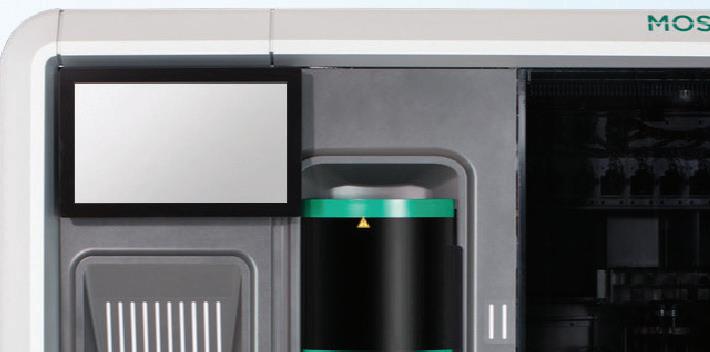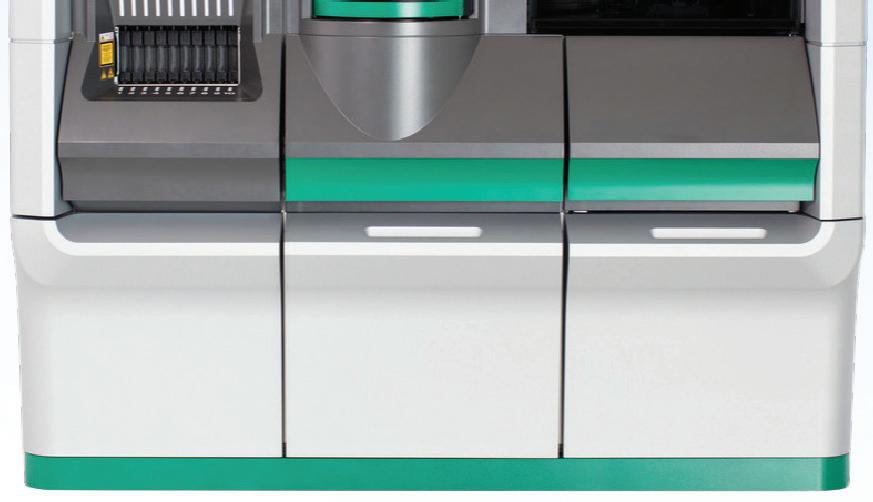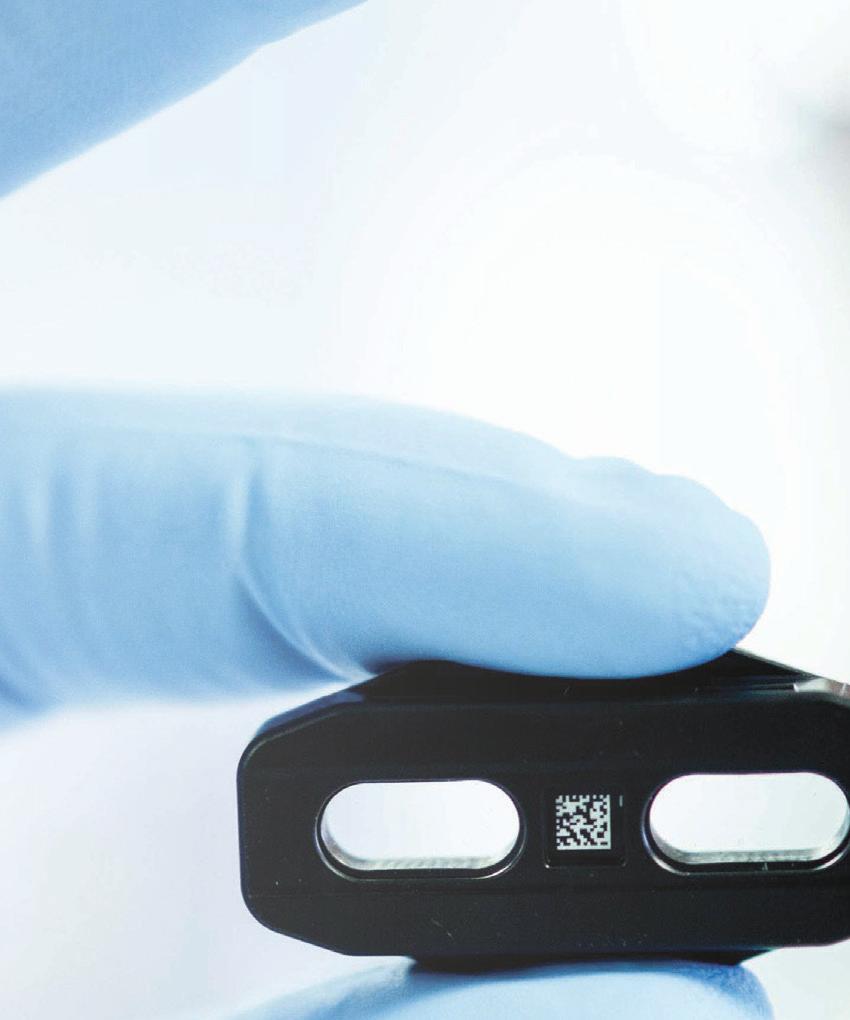
4 minute read
Working towards translational research in pathology
Michael Legge
A genomics approach to diagnostic monitoring and therapy is increasingly being considered in modern medicine and healthcare. Genomics technologies are based on the transfer and use of sound research and include the following categories:
• Technologies for greater molecular characterisation of individuals or disease. E.g. genomics, metabolomics, proteomics.
• Technologies for personalized therapeutic intervention. E.g. stem cell therapy, cellular therapies, genome editing/ therapy robotics and artificial intelligence.
• Technologies for personalised disease and health monitoring. E.g. consumer health apps, point of care.
• Technologies that enable the transformation and the performance of capabilities of other technologies. E.g. artificial intelligence, machine learning, computational biology, microfluidics, nanomedicine.
Applications of these techniques are transforming approaches to cancer treatment, and in addition, re-defining healthy and diseased states, providing novel approaches to pathogen identification and treatment and identification of long-term effects of genetic variants. These will be powerful technologies which ultimately will form an everyday part of diagnostic pathology. However, they should also be considered in the context of incidental findings of uncertain value and what may be treatable. In addition, a move to whole genome screening may stigmatise vulnerable populations such as children and indigenous groups. This may well cause anxiety in those identified as having a mutation for which the long-term consequences are unknown. This applies to minor mutations in genes or their regulatory elements. The data produced from the new gene technologies is enormous and requires complex analyses. Consequently, questions must be raised relating to who the appropriate person(s) are to deliver the information and assess risk factors.
Consideration would also need to be given relating to privacy, rights of access to genetic data, trust, and an understanding by members of the public who would be recipients of genomic data. Additionally, safeguards will be necessary for projecting personal data to ensure it cannot be used for employment, insurance applications, or financial obligations.
A big question for the New Zealand pathology workforce is whether the current workforce requirements can support this movement from translational research to diagnostic use. Precision Health resulting from translational research is already incorporated in health care systems in the United Kingdom and is rapidly emerging in Australia. In New Zealand the pathology workforce faces a crisis with little being undertaken to stabilise the workforce. There are failures to commit to advanced training or to provide clear career pathways. If improvement in modern diagnostic capabilities is considered important then the workforce issue urgently needs to be resolved.
The technologies indicated in this editorial are no longer science fiction and are gaining significant importance in routine diagnostic pathology. New disciplines are emerging in informatics, computational biology, and image analysis, and skills in these will be essential in diagnostic pathology services. Universities have the knowledge and skill-base for the necessary training of the new generation of scientists required in the diagnostic technology revolution but are inadequately funded to provide the necessary training. Government inaction has not provided the profession any opportunity to create the necessary career structure for the security of diagnostic pathology in New Zealand, and the regulatory authority is too slow to respond to a rapidly changing profession. It is essential that education, training and retention of skilled scientists becomes a high priority in a modern New Zealand healthcare system.
Author information: Michael Legge, PhD, MRSB ,FIBMS, FNZIMLS, FFSC(RCPA), University of Otago, NZIMLS. Email: mike.legge@nzimls.org.nz Advertisers in this issue
Copyright: © 2024 The author(s). This is an open-access article distributed under the terms of the Creative Commons Attribution License, which permits unrestricted use, distribution, and reproduction in any medium, provided the original author(s) and source are credited.
Advertise in the New Zealand Journal of Medical Laboratory Science
The Journal is distributed free to all members of the NZIMLS, wihch at present number approximately 3,500. this means that the Journal is read by most medical laboratory scientists and technicians and enters all hospital and community medical laboratories in New Zealand. It is also sent to members employed in commercial and veterinary laboratories, as well as governments establishments and members overseas.
For prospective advertising enquires, please contact sharon@nzimls.org.nz
Advertising rates are avaliable at: https://www.nzimls.org.nz/newpage4cfb513d
Sponsoring & exhibiting opportunites are avaliable for the NZIMLS ASM 2024 (28-30 August, Te Pae Christchurch) Please visit: www.nzimlsasm.co.nzvisitexhibit










Fully automated instrument— sample to result
High-throughput, producing multiplex results up to 75 patient results per hour
Easy-to-use, with star t-up and maintenance in under 30 minutes
Less interac tion, help sta focus on value -added tasks
Load & go feature
True random access

An innovative, multiplexing microarray
Distinctive design
Provides high multiplexing—up to 11 analytes on a single microarray in a single step
Multiple results in one run
Small sample volume needed to process results



Intelligent Smar t algorithm, reliable results
Displays clear results on the graphical user inter face with no need for user interpretation—analysis is completed by the instrument
Full traceability
0800 34 24 66 sales.nz@bio -strategy.com shop.bio -strategy.com www.bio -strategy.com

